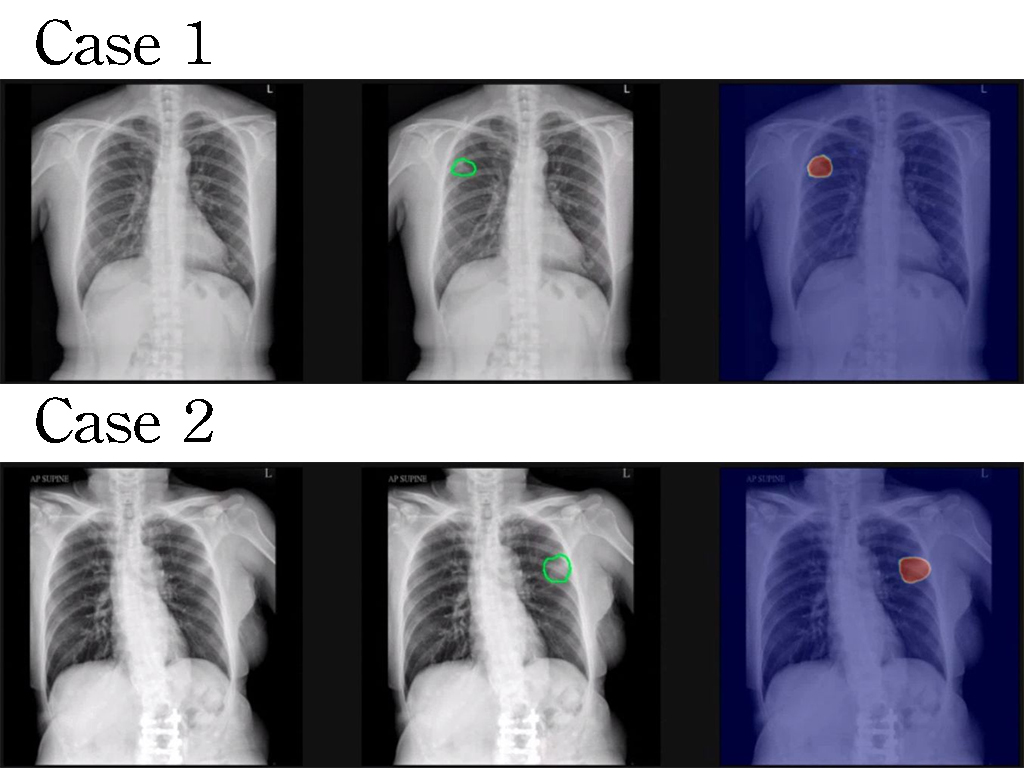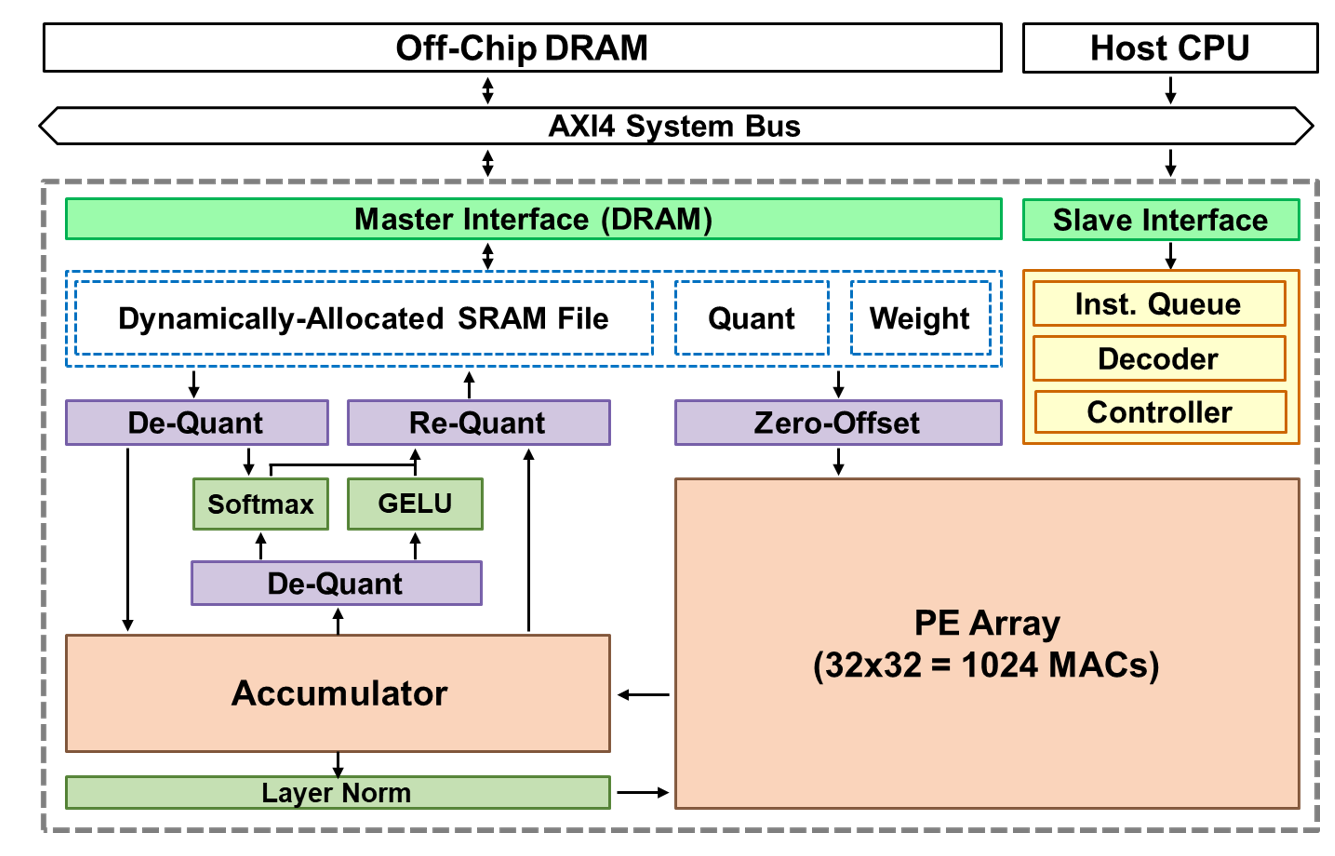| Technical Name | Energy-Efficient Optimization Problem Decision: Neural Network-based In-Memory Annealing Units for Route Scheduling and Genome Assembly | ||
|---|---|---|---|
| Project Operator | National Yang Ming Chiao Tung University | ||
| Project Host | 侯拓宏 | ||
| Summary | The technology combines memory devices, in-memory computing, and simulated annealing algorithms to create the world's first in-memory annealing unit (IMAU). First verified on 10-city traveling salesman problem and 300-read genome assembly, it is expected to be 1000 times faster than current hardware. It serves as a potential tool for high-speed optimal decision-making in chip design, biomedicine, and logistics, presented at IEDM 2021 and awarded first place in the 2024 Micron MIMORY Award. |
||
| Scientific Breakthrough | An in-memory annealing unit (IMAU) has been proposed as an energy-efficient optimizer for the traveling salesman problem and genome assembly. A hardware-algorithm co-optimization approach addresses challenges such as large problem size, weight precision, and analog accuracy. The 1.1Mb RRAM-based IMAU with simulated annealing achieves 90 TOPS and 2000 TOPS/W. We solved 10-city TSP and 300-reads SARS-CoV-2 genome assembly with divide-and-conquer scheme, showing the potential for real applications. |
||
| Industrial Applicability | The combinatorial optimization problem (COP) is crucial in biomedicine, transportation, finance, and VLSI routing, requiring substantial computational resources. While quantum annealers are suggested as a solution, they still encounter challenges in cost, complexity, and power consumption. Leveraging commercial semiconductor technology is crucial. The proposed IMAU offers speed, energy efficiency, scalability, and cost-effectiveness with parallelism, analog computing, and reduced data movement. |
||
| Keyword | In-Memory Computing Simulated Annealing Combinatorial Optimization Problem In-Memory Annealing Unit Quantum-Inspired Computing Travelling Salesman Problem Genome Sequencing Genome Assembly High Energy Efficiency High Parallelism | ||
- Contact
- Tuo-Hung Hou
- thhou@nycu.edu.tw
other people also saw















